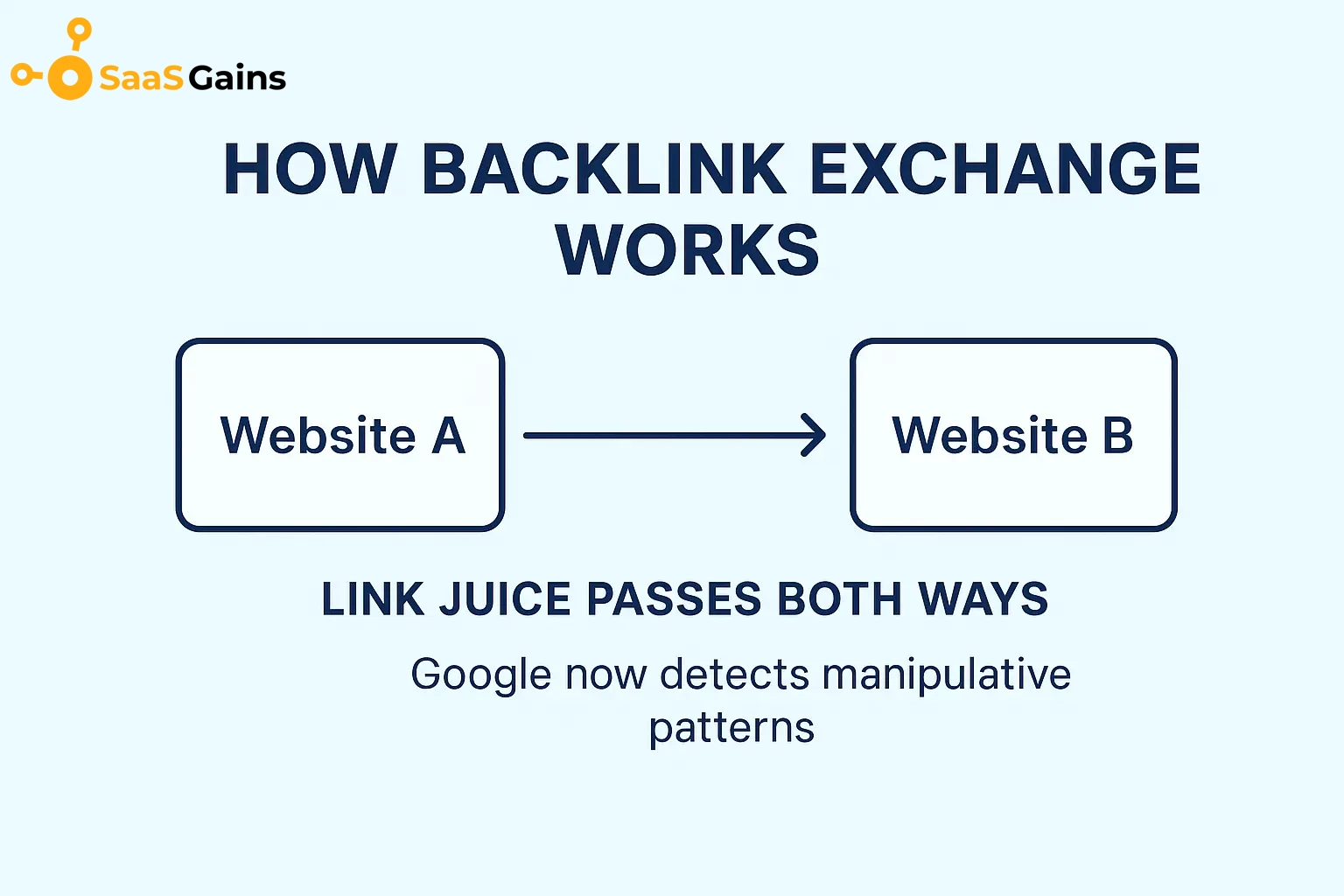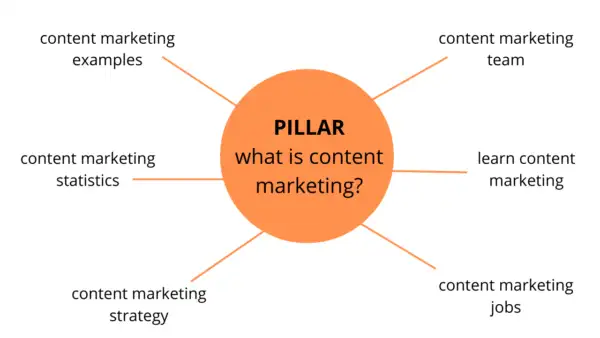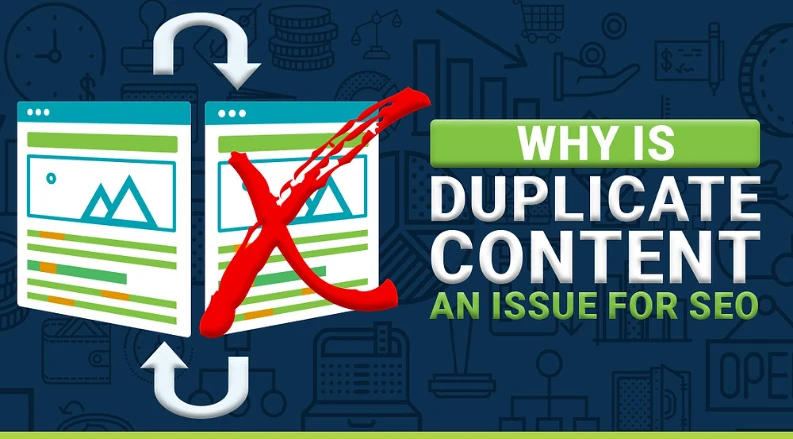Can You Really Rank Without Backlinks
Ever felt like you’re stuck in a content creation loop, publishing great articles but seeing zero movement in the search rankings? For decades, the online marketing world has held the presumption that backlinks are the holy grail of authority signals, the oxygen to a website’s SEO success. The more authoritative links you produce from quality domains, the higher your odds of ranking.
But this tired old model is being rewritten. Google’s algorithms have evolved to a level of previously unseen complexity where they are able to discern quality content, determine user experience, and monitor technical SEO with greater precision than before. Over 80% of all searches in 2025 are information-based queries, and search engines increasingly reward content that provides an instant answer to user questions. These are all strong, internal levers over which you have full control.
This guide will break with the old playbook and welcome you to a bold lineup of SEO tactics that enable you to drive huge organic traffic and top-of-page positions by building a stronger, more durable online asset.
The Reasons Why Backlinks Still Matter (But Not Quite All)
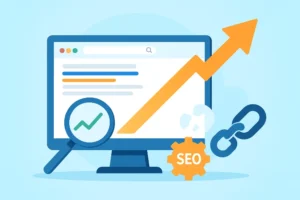
While backlinks still remain a significant ranking signal, they are no longer the only value indication of a site. The Google algorithm considers over 200 signals, but a referral from a trusted, respected source still carries a lot of weight. As a popular SEO commentator is quoted to say, “Google only loves you when everyone else loves you first.” The emphasis on a page’s intrinsic worth has been reinforced by further algorithm modifications like the Helpful Content System and E-E-A-T (Experience, Expertise, Authoritativeness, and Trust).
Now, a site with less research-based, user-focused articles will outrank a site with hundreds of thin pages and a poorly linked profile. An entirely self-focused link-building strategy not only represents a resource drain but also puts your business at risk of algorithmic updates. According to recent studies, almost 94% of all blog posts lack external links, which points toward the enormous task of achieving success with dependence on this single factor alone. A contemporary SEO plan requires something more integrative and internally developed.
Is SEO Without Link Building Possible?
The short and definitive reply is yes. It is not a theoretical notion; it is being applied to good effect by a new generation of niche sites and content providers who are learning their markets.
This strategy is ideal if your aim is to be the ultimate authority on a given topic. With a focus on lengthy topical content and optimization for targeted, long-tail keywords, you establish your authority with Google and your users. When your website provides such deep value that it serves to answer all conceivable user questions, it can be promoted up through the ranks based on its own merit.
10 Proven Techniques to Rank Without Backlinks
1. Set Topical Authority
Instead of creating disconnected, isolated articles, adopt a content structure. Create a deep pillar page that is the final primary hub for a broad topic, such as “SaaS Sales Strategy.” Then build a structure of cluster articles covering deep subtopics such as “good cold email templates” or “corporate client prospecting techniques.” This framework tells Google you are the leading authority for that entire topic.
2. Optimize On-Page Factors
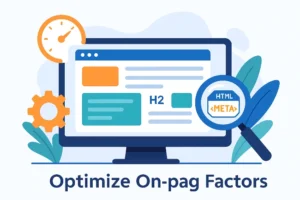
On-page optimization is your strongest direct interaction with search engines. Strategically insert your root keyword in your title, meta description, and headings. Join this with the inclusion of semantic keywords, terms related to your topic, but with a more refined grip on the topic matter. A “cloud computing” page would also have “IaaS,” “PaaS,” and “scalable infrastructure” naturally. As Google’s own Matt Cutts once famously taught, “Think about what the user is going to type.”
3. Implement a Strategic Internal Linking Structure
Internal links are the backbone of your website. They do not just point visitors in the right direction; they pass authority around your website as well. When you release new content, link to it from old, high-authority chunks of content using descriptive anchor text. This passing transfers authority and allows new content to rank faster.
4. Increase Click-Through Rate (CTR)
Your CTR is a valid measure of relevance. Enhanced CTR is a sign to Google that your search result is more compelling than theirs. In fact, the average CTR for the top organic result is 27.6%. To attract attention in the SERPs, use captivating titles and meta descriptions that include facts or emotional appeals.
5. Re-optimize and Reinforce Current Content
Some of your top-ranked opportunities already exist on your site. Identify high-impression, low-click-through pieces of content via analytics. Update and expand these pieces of content with updated data, new examples, or additional analysis. Updating an article can drive a 146% boost in search traffic, proving that rewriting content is a successful strategy.
6. Tighten Your Technical Foundation
The smoothness of the user experience is a key rating element. A website should load as fast as feasible and be accessible on all devices. If a website takes longer than three seconds to load, more than 40% of visitors will abandon it, per industry study. To assist search engines understand your content, use schema markup, commonly referred to as structured data, to provide them with rich informative chunks.
7. Adjust for Long-Tail, High-Intent Queries

Going after broad, highly competitive keywords is an attrition war best fought with a tremendous link profile. Instead, go for long-tail keywords, narrow, multiword search terms with lower competition and greater user intent. Instead of going after “SEO software,” go after “best SEO tools for B2B SaaS in 2025.” Long-tail keyword traffic accounts for 70% of all search traffic and is thus a critical component of any SEO without link building campaign.
8. Take Advantage of Local SEO (Where Applicable)
Local SEO is absolutely critical for brick-and-mortar businesses. A staggering 46% of all Google searches have a local intent. Claim and optimize your Google Business Profile, syndicate your NAP information across all online listings, and utilize active reviews as a customer engagement strategy.
9. Add Multimedia for Increased Engagement

Engagement indicators like dwell time and bounce rate are critical signals. Incorporate high-quality images, infographics, and most critically, video into your material. Image-based posts can drive 157% more search traffic than imageless posts. Not only that, but it also makes your material more interactive and causes people to spend more time on your page, sending the signal to Google that your material is of super-high worth.
10. Optimize for Voice and AI Search
Conversational search will be the future of search. To tap into this new traffic, optimize for conversational searches and include a full FAQ section with short, clean answers. This is ideal for promotion in “zero-click” search results and AI summaries. With AI Overviews appearing in more search results, having explicit answers is more important now than ever.
Lastly, the optimal SEO strategy combines both approaches. Nevertheless, a strategic approach depends on their distinction.
| Aspect | Strategy Without Backlinks | Strategy With Backlinks |
| Primary Driver | Relying on quality of depth content, technical SEO, and user experience. | Relying on external endorsement to build trust and authorities. |
| Growth Rate | Slow but steady. Develops sustainable, long-term authority. | Possibly faster in crowded markets but at a cost of resources. |
| Control | Entire control of all ranking factors. | Dependent on other sites and whether they will link or not. |
| Vulnerability | Less susceptible to algorithm adjustments that are link quality-centric. | Most susceptible to negative SEO and algorithm adjustments that are spammy link-centric. |
| Sustainability | Extremely sustainable; authority is built based on your own website’s merit. | Requires ongoing outreach and effort to be maintained. |
Conclusion
The myth that you can’t do SEO without having a humongous backlink profile is just that—a myth. With on-page and technical SEO dominance, with building strong topical authority, and with an awesome user experience, you have all of the requirements necessary to rank high and get organic traffic. As marketing icon Seth Godin has written, create something so good people can’t sleep without talking about you.
Your old order: Stop looking for shortcuts. Concentrate on creating a flawless digital product for your users, and rankings will follow naturally.
FAQs
- Is it possible for tiny websites to rank without backlinks?
Indeed. A tiny website may establish a strong online presence and gain long-term attention by concentrating on topical authority and utilizing long-tail keywords.
- Which option for link-building is the best?
The strongest alternative is a content-to-content strategy that provides unparalleled value to your users, engaging them intensively with your website.
- How long does it take to rank without backlinks?
Although some results take weeks to see, it usually takes 3 to 6 months of quality, consistent effort to achieve superior and long-term placements.


